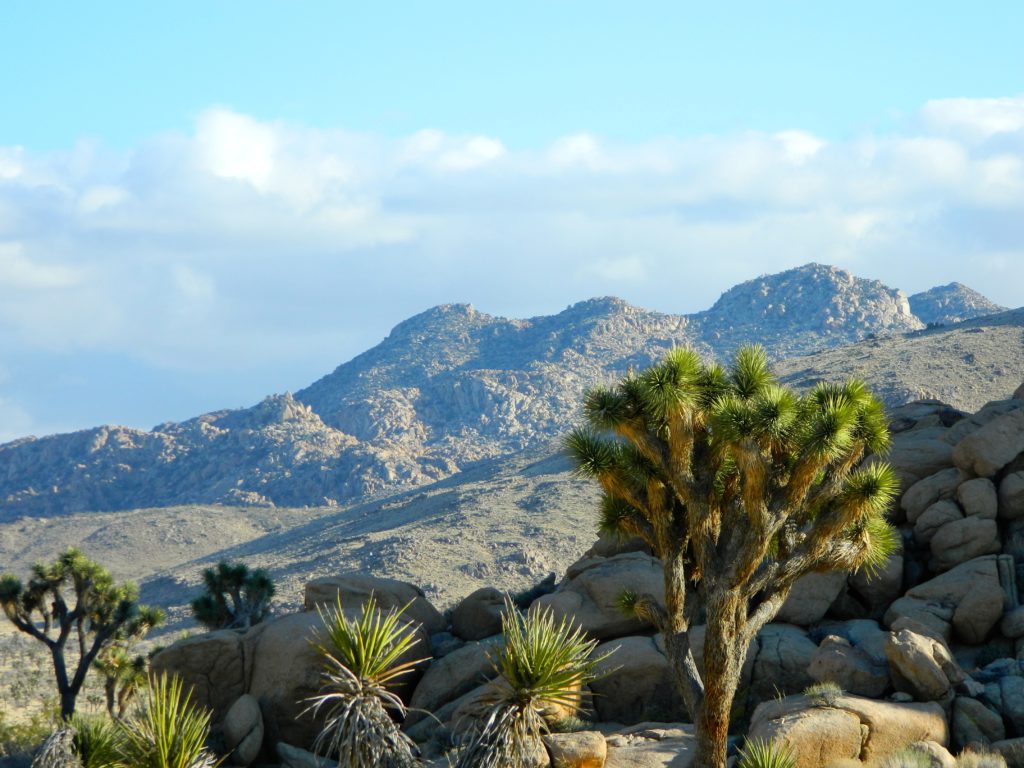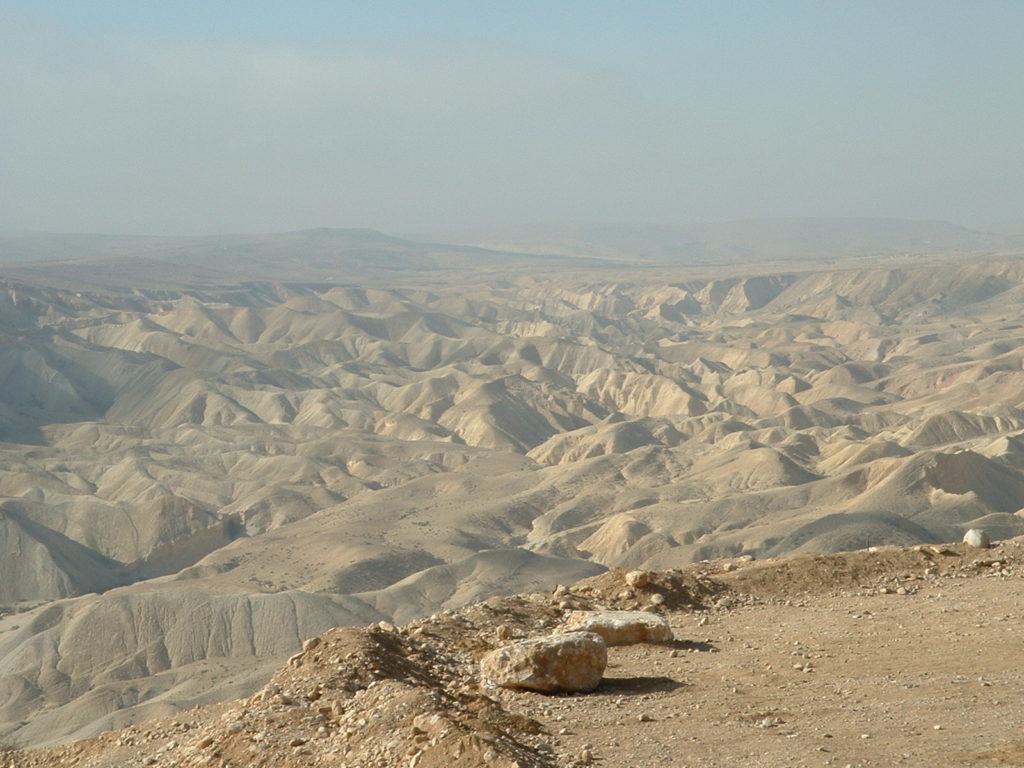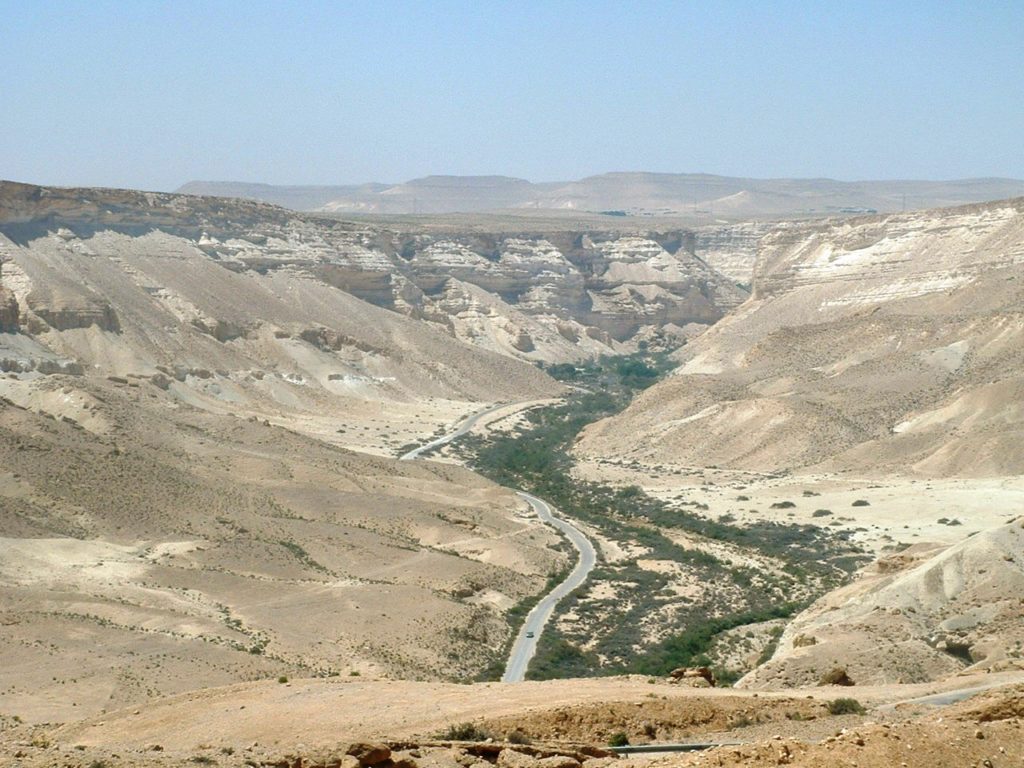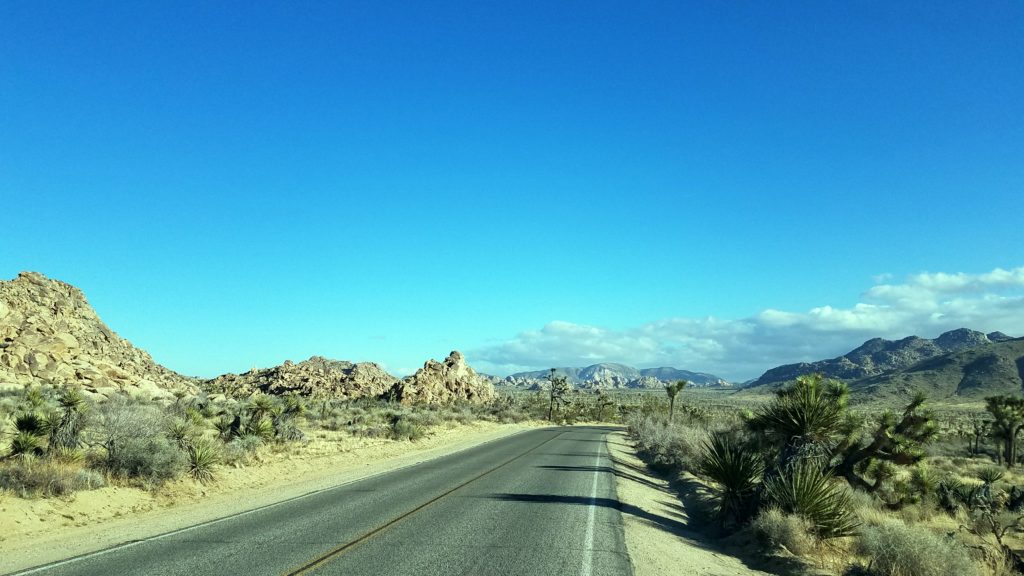“I’ve crossed these sands many times, said one of the camel drivers one night. But the desert is so huge, and the horizon so distant, that they make a person feel small, and as if he should remain silent. The boy intuitively knew what he meant, even without having ever set foot in the desert before. Whenever he saw the sea, or a fire, he fell silent, impressed by their elemental force. I’ve learned things from the sheep, and I’ve learned things from crystal, he thought. I can learn something from the desert, too. It seems old and wise.” – The Alchemist, by Paulo Coelho
I don’t live near a desert nor do I often visit one, I can count my desert adventures on a single hand. Still, in these brief encounters I feel eerily connected to the desert and think about it often, with all its mystical inclinations and existential kindling. The desert can be simultaneously terrifying in its vast loneliness and soothing in its tranquility, a symbol of death as well as the persistence of life. The desert recalls an ancient world yet it is constantly changing, sand and stone shifting with the wind. I think about desert dwellers and their stubbornness in the face of seemingly unconquerable dryness. I think about light and wind, two natural agents at the heart of any desert’s harsh essence, so powerful we yearn to harvest and transform their energy. On more than one occasion I made claims to “love” the desert, it seems quite strange to love something so unforgiving as a tract of land with hardly any lust for life. So I wonder, what is it that draws me to the desert?
No doubt, a recent trip to arid Southern California is the primary catalyst for my current ponderings. Prior to this trip I only visited the Mojave, North America’s driest desert, once as a child in Las Vegas with my family. We stayed in more suburban Henderson, Nevada off The Strip and visited the colossal Hoover Damn. Most of the desertscapes I glimpsed flew by on the other side of a car window. This time around I stepped out of the car and onto Joshua Tree National Park’s Martian-esque terrain. Looking out at the vast floor of dusty footprints, I couldn’t neglect those who made a mark there before me. From pre-Columbian tribes to the first American western settlers to inspiration-seeking artists, like Ansel Adams or Jim Morrison; the Mojave Desert plays a pivotal role in how we view the American southwest. Even though it was my first time ever really experiencing the Mojave, I couldn’t shake the feeling that I was somehow coming back to the desert.
Perhaps it is my Jewish heritage that binds me to the sand and stone. After all, as a child I was taught that my ancestors toiled in the desert for 40 years in search of their promised land. I journeyed to the Israeli desert as a teenager in 2004 and again in 2008 after my sophomore year of college. The Negev is a beautiful yet abrasive desert comprising the southern half of Israel. On my first trip I hit all the cultural tourist destinations. I waded on the saline shores of the Dead Sea, Earth’s lowest land elevation, and climbed to the top of Masada, a desert fortress where some 900 Jewish Zealots committed suicide to avoid capture by Roman soldiers laying siege to their camp. I navigated box canyons that concealed lush pockets of vegetation huddled around trickling springs. I spent the night in a Bedouin tent, serenaded by the guttural groans of nearby camels. But it wasn’t until my return trip in 2008 when I really saw the Negev for what it was.
I remember finishing my sophomore year in college and then, just two days later, flying to Israel with my dad. We headed to the Holy Land for a 6-day bike ride zigging and zagging 368 miles through the Negev. It’s worth noting, I joined a fraternity my sophomore year. I was coming off weeks and months of some hard partying, a time when I was supposed to be training for the Israel ride. Needless to say, I was out of shape, it was late May and temperatures were set to reach triple digits Fahrenheit in Israel. I just took all my college finals but the desert was plotting to teach me much more.
You see things differently from the saddle of a bike. It’s a faster mode of transport than walking or running, but you’re just as exposed to the elements, other people, objects, and hulking vehicles. Your reaction time is heightened, head on a swivel, taking in all your surroundings so as not to get run off the road or crash into anything. However, you’re moving much slower than a car, and without the confines of a metal cage you can really get to know the environment where you’re riding. It was an ideal way to see the desert.
The first day of riding was rough. Massive time zone changes coupled with my lack of preparation and fitness led to a complete bodily shutdown when we reached our first destination. I slept for an eternity, snoring through dinner and only waking to drink water or go to the bathroom. By morning I was rested, but felt like someone cut out my muscles, replaced them with concrete and then beat my legs with a tenderizing hammer.
Over the next 5 days of riding my body adjusted, sweating out the semester-long binge in a trade-off for the crisp desert air. We would coast on endless desert roads with vanishing points in distant mirages of heat waves. We navigated switchback hairpin turns winding up and down rusty crags. We rode through the heart of Makhtesh Ramon, a massive crater formed hundreds of millions of years ago when primordial oceans began receding and the face of Earth looked nothing as it does now. Along the way we rested our weary legs at many of the region’s kibbutzim, intentional communities dotting the land like desert outposts. The kibbutz is a staple of Israeli society, telling an important piece of the country’s history and its people’s complex relationship with the desert.
The desert is indeed complicated in that part of the world, where brothers and sisters are born into a conflict gifted to them by the souls of their warring ancestors. As if it wasn’t already hard enough to just exist in a desert, where the natural elements are constantly stacked against life and pay no mind to religion or political borders drawn on a map. In every way, my bike ride was a symptom of that conflict. We were riding to raise money for the Arava Institute, a research program with a mission to “provide the Middle East with a new generation of sophisticated professionals that will meet the region’s environmental challenges with richer and more innovative peace-building solutions.” Students at the institute are Jordanian, Palestinian, Israeli, and from all over the world. The desert and its harshness is their shared struggle, an objective moderator at the peacemaking table where young minds work towards harmony with one another as well as the land.
Those six days riding through the desert were grueling, cleansing, and enlightening. The true beauty of the desert, and what I find so appealing, is its power to transform. A jagged rock eroded into a smooth boulder or a canyon carved meticulously to the meander of some ancient waterway. The flora and fauna evolving to survive with little water, in dry blazing heat. These processes take eons, with long-forgotten failures in their wake. But we can see them, measure them, and learn from them. We can go to the desert and hear its story in order to transform our own narrative. This feature isn’t unique to the desert, it is part of what makes all Earth’s wildernesses worth studying and experiencing. Though, this transformative quality is often most noticeable in the desert. Like the scars on our own bodies, these open tracts of arid land tell a story much deeper than their surface marks. A story we can all enjoy listening to.




